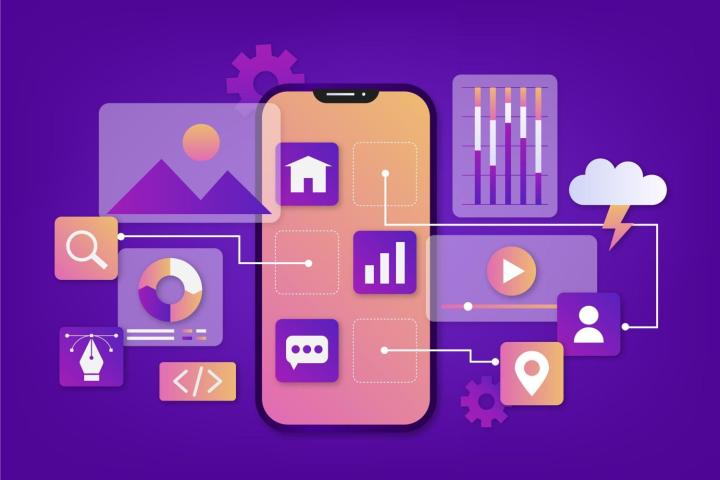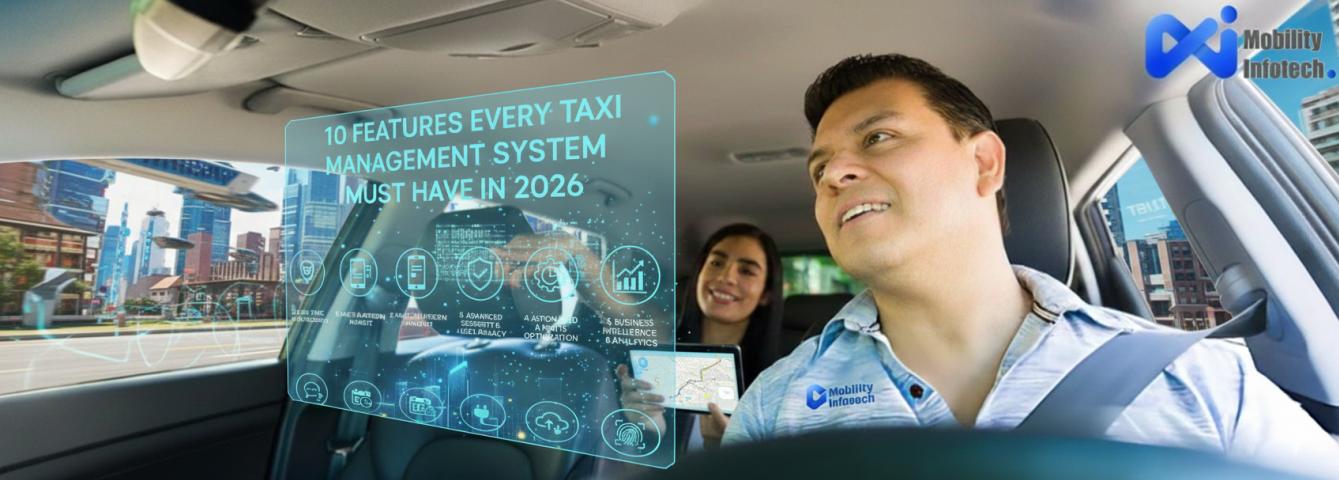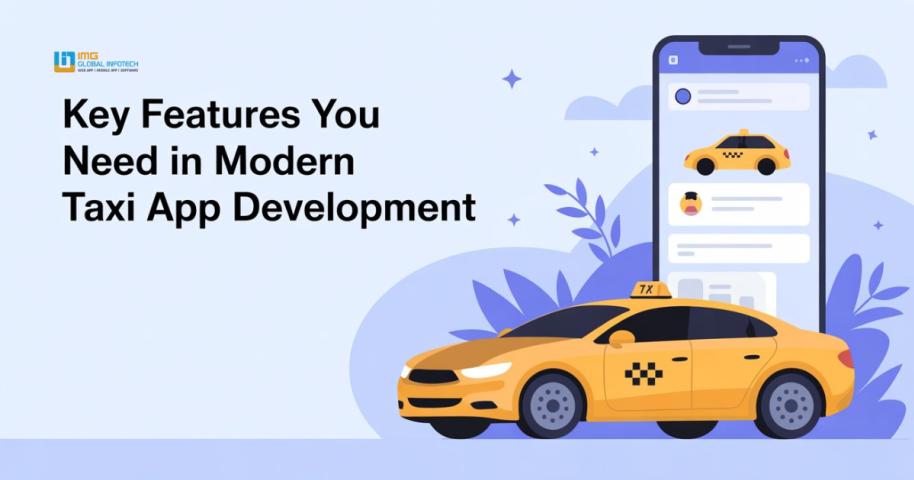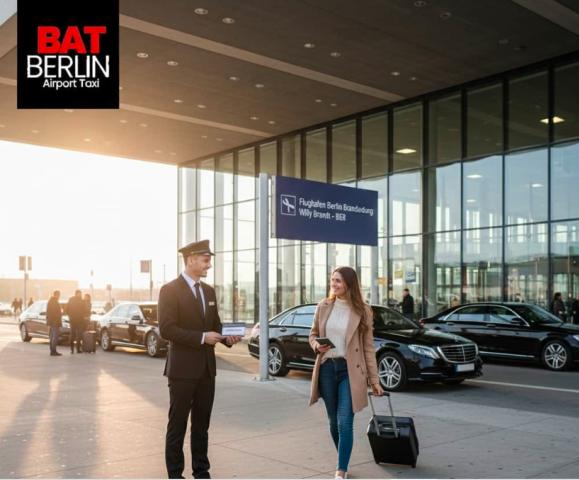Introduction
In today's fast-paced world, automation has become an essential aspect of various industries. The taxi booking system is no exception. With the advent of technology, the traditional ways of hailing a cab have transformed dramatically. This shift has led to the rise of automated taxi booking systems, which have revolutionized the way people book and manage their rides. In this article, we will delve into the crucial role automation plays in the taxi booking system and how it benefits both passengers and drivers.
The Evolution of Taxi Booking Systems
Gone are the days when passengers had to stand on the street and wave their hands to catch a cab. The taxi booking system has evolved significantly over the years. The introduction of mobile applications and online platforms has made it easier for passengers to book a ride from the comfort of their homes. This evolution has been driven by automation, which has streamlined the entire process, making it more efficient and user-friendly.
What is Automation in Taxi Booking?
Automation in the taxi booking system refers to the use of technology to perform tasks that were previously done manually. This includes everything from booking a ride to managing payments and dispatching drivers. Automated systems use algorithms and data to match passengers with the nearest available driver, calculate fares, and provide real-time updates on the ride's status. This not only saves time but also enhances the overall user experience.
Benefits of Automation in Taxi Booking Systems
1. Efficiency and Speed
One of the most significant advantages of automation is the increase in efficiency and speed. Automated systems can process bookings and dispatch drivers within seconds, reducing the waiting time for passengers. This is particularly beneficial during peak hours when the demand for taxis is high.
2. Accuracy in Dispatching
Automated systems use GPS and real-time data to accurately match passengers with the nearest available drivers. This ensures that passengers get picked up promptly and reach their destination on time. Additionally, it reduces the chances of errors that are common in manual dispatching.
3. Enhanced User Experience
Automation enhances the overall user experience by providing features like real-time tracking, estimated time of arrival (ETA), and fare calculation. Passengers can track their ride on their smartphones and get updates on the driver's location, ensuring a smooth and hassle-free experience.
4. Cost Savings
Automated systems reduce the need for manual intervention, leading to cost savings for taxi companies. By minimizing human errors and streamlining operations, companies can operate more efficiently and pass on the savings to customers in the form of lower fares.
5. Improved Safety
Automation contributes to improved safety for both passengers and drivers. Features like GPS tracking and emergency buttons provide an added layer of security. Additionally, automated systems can monitor driver behavior and ensure compliance with safety regulations.
6. Scalability
Automated taxi booking systems are highly scalable. As the demand for rides increases, the system can handle more bookings without the need for additional staff. This scalability makes it easier for taxi companies to expand their operations and cater to a larger customer base.
Key Components of an Automated Taxi Booking System
1. Booking Interface
The booking interface is the first point of interaction for passengers. It can be a mobile app, website, or even a phone call. Automation ensures that the booking process is smooth and intuitive, allowing passengers to book a ride with just a few clicks.
2. Driver Dispatch System
The driver dispatch system is responsible for matching passengers with the nearest available drivers. It uses algorithms and real-time data to ensure that the dispatch process is quick and accurate. Automation in dispatching minimizes wait times and ensures efficient use of resources.
3. Payment Gateway
An automated payment gateway simplifies the payment process for both passengers and drivers. Passengers can choose from various payment options, including credit cards, digital wallets, and cash. The system automatically calculates the fare and processes the payment, making the transaction seamless.
4. GPS and Navigation
GPS and navigation systems are integral components of an automated taxi booking software. They provide real-time tracking and navigation assistance to drivers, ensuring that they take the most efficient routes. Passengers can also track their ride in real-time, enhancing their sense of security and control.
5. Analytics and Reporting
Automation enables taxi companies to collect and analyze data on various aspects of their operations. This includes data on bookings, driver performance, customer feedback, and more. By leveraging analytics, companies can make informed decisions and continuously improve their services.
Challenges in Implementing Automation
1. Initial Costs
Implementing an automated taxi dispatch system can involve significant initial costs. This includes the development of the software, purchasing hardware, and training staff. However, the long-term benefits often outweigh these initial expenses.
2. Technical Issues
Like any technology, automated software can face technical issues such as software bugs, connectivity problems, and hardware failures. It is crucial to have a robust support system in place to address these issues promptly and minimize downtime.
3. Resistance to Change
Some drivers and staff may resist the transition to an automated system due to a lack of familiarity with the technology. Providing adequate training and demonstrating the benefits of automation can help overcome this resistance.
Future Trends in Automated Taxi Booking Systems
1. Artificial Intelligence (AI) Integration
The integration of Artificial Intelligence (AI) is set to take automation in taxi dispatching software to the next level. AI can enhance the efficiency of dispatch systems, improve fare estimation, and provide personalized recommendations to passengers based on their preferences.
2. Autonomous Vehicles
The advent of autonomous vehicles is poised to revolutionize the taxi industry. Uber like taxi booking app will need to adapt to accommodate self-driving cars, which will further enhance efficiency and reduce the need for human drivers.
3. Blockchain Technology
Blockchain technology can add an extra layer of security and transparency to automated taxi booking systems. It can be used for secure transactions, identity verification, and maintaining an immutable record of all rides and payments.
4. Internet of Things (IoT)
The Internet of Things (IoT) can connect various components of the taxi booking system, from vehicles to traffic signals. This connectivity can enhance real-time data sharing, improve route optimization, and provide a more seamless experience for passengers.
Conclusion
Automation plays a pivotal role in modernizing the taxi booking system. It enhances efficiency, improves accuracy, and provides a better user experience. While there are challenges in implementing automation, the long-term benefits make it a worthwhile investment for taxi companies. As technology continues to evolve, we can expect even more advancements in automated taxi booking systems, making them more efficient, secure, and user-friendly. Embracing automation is not just a trend but a necessity for staying competitive in the rapidly changing landscape of the taxi industry.






